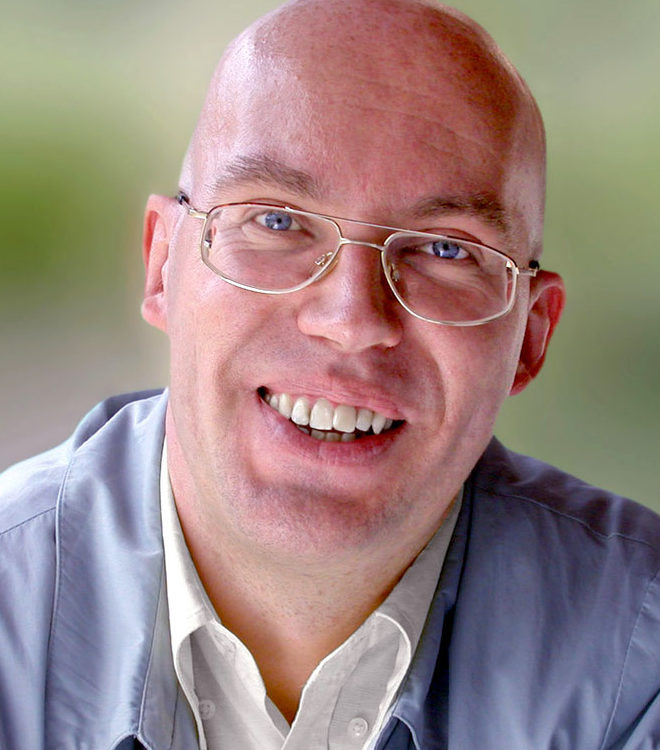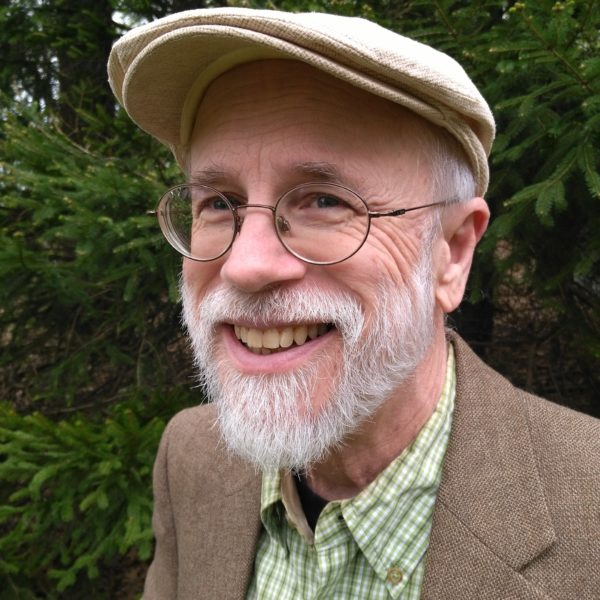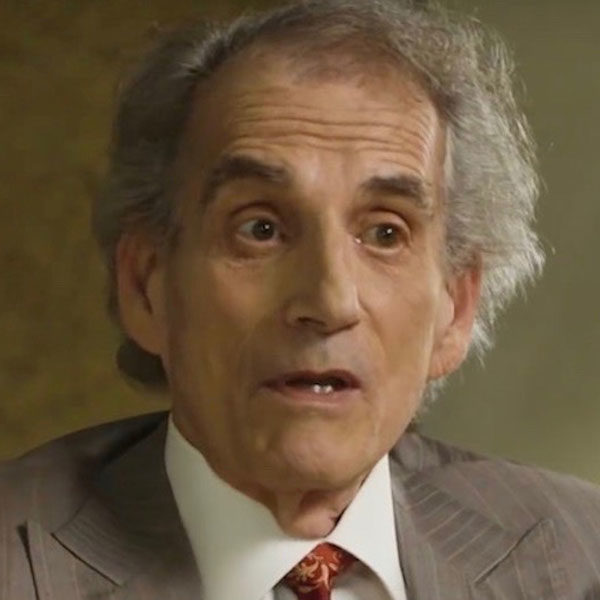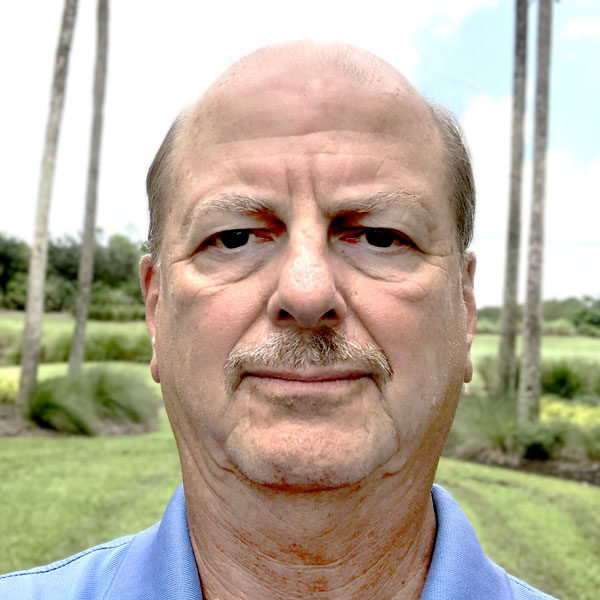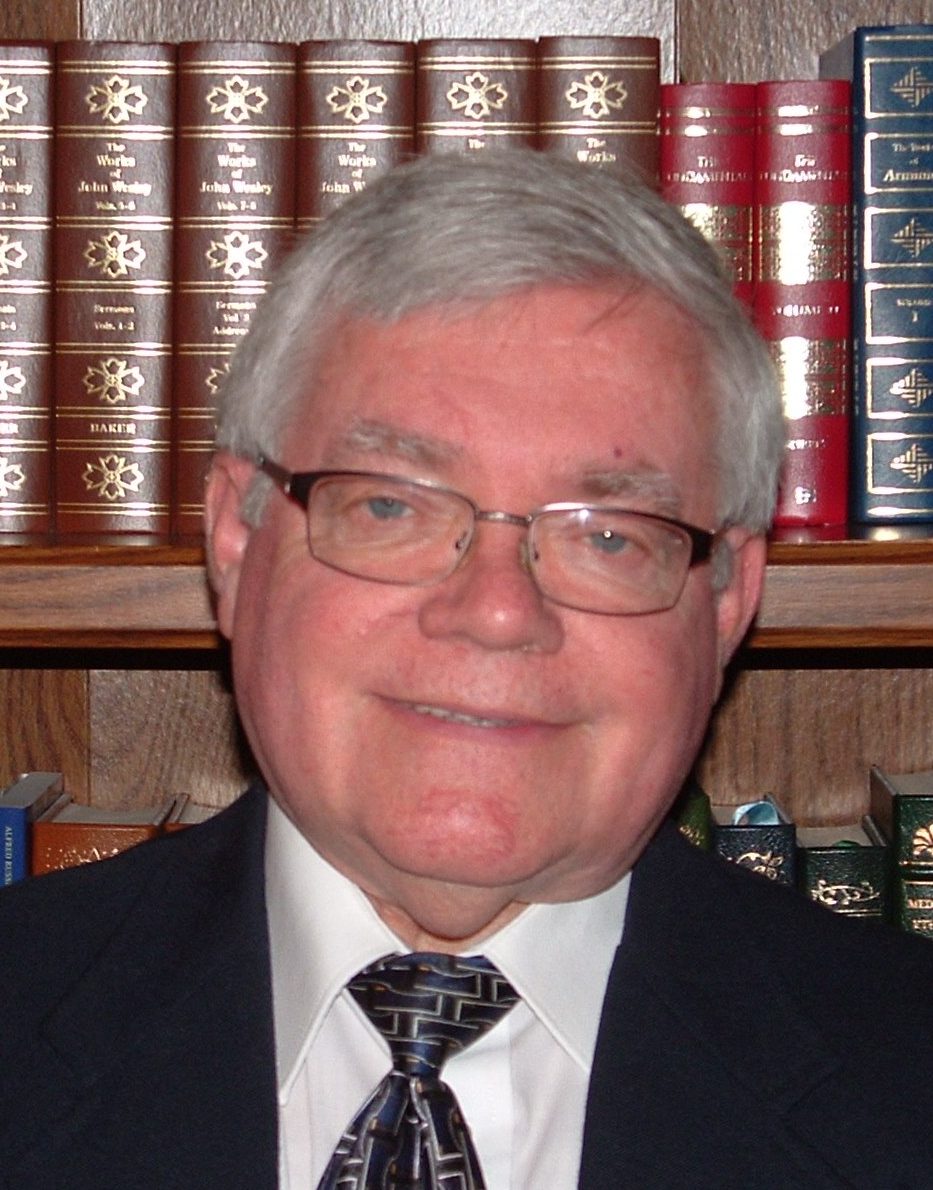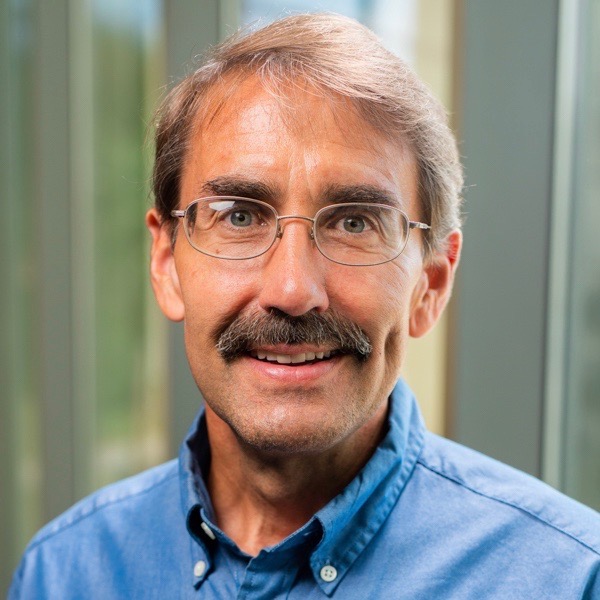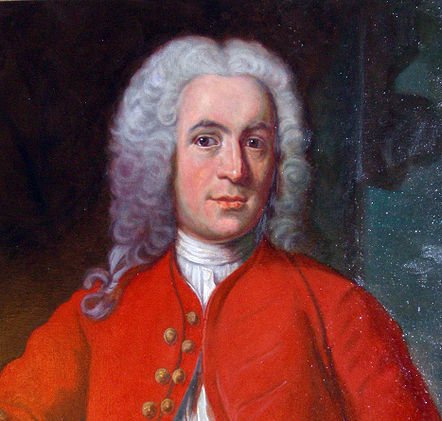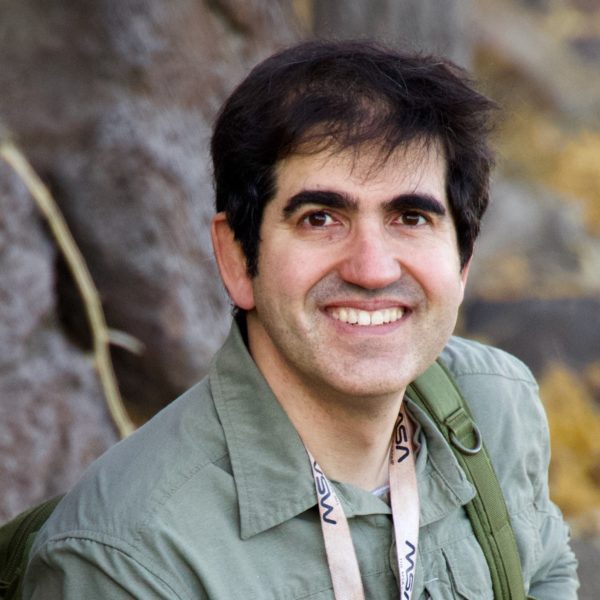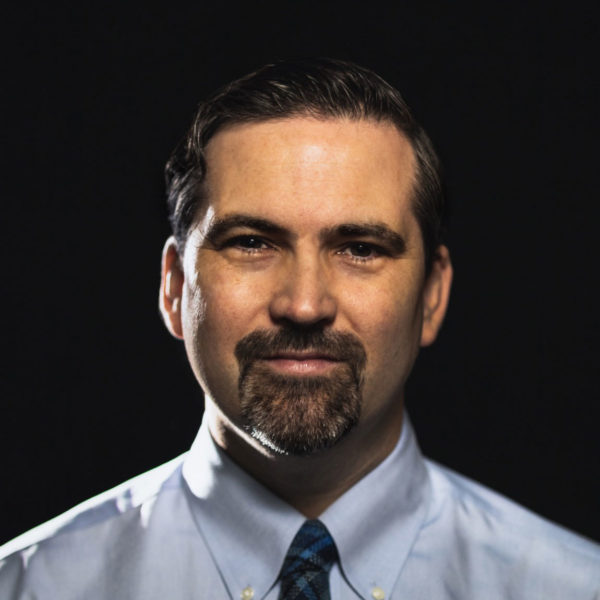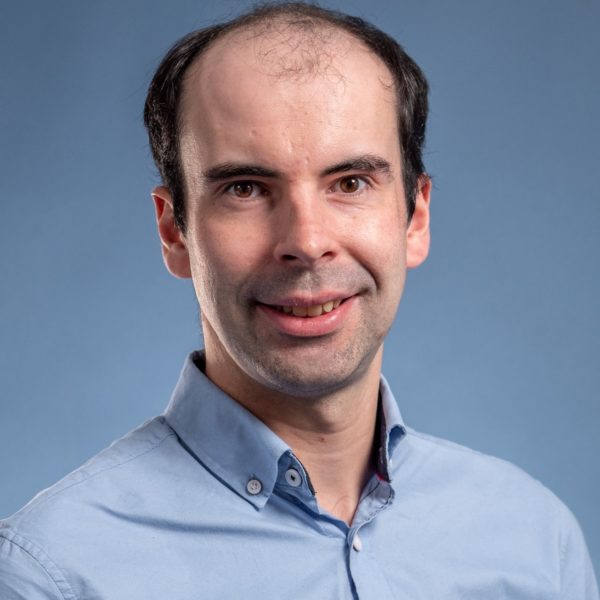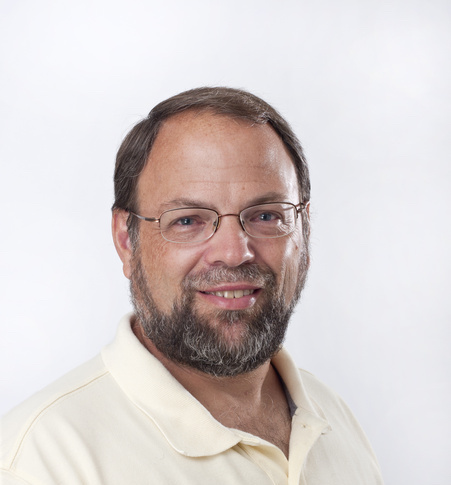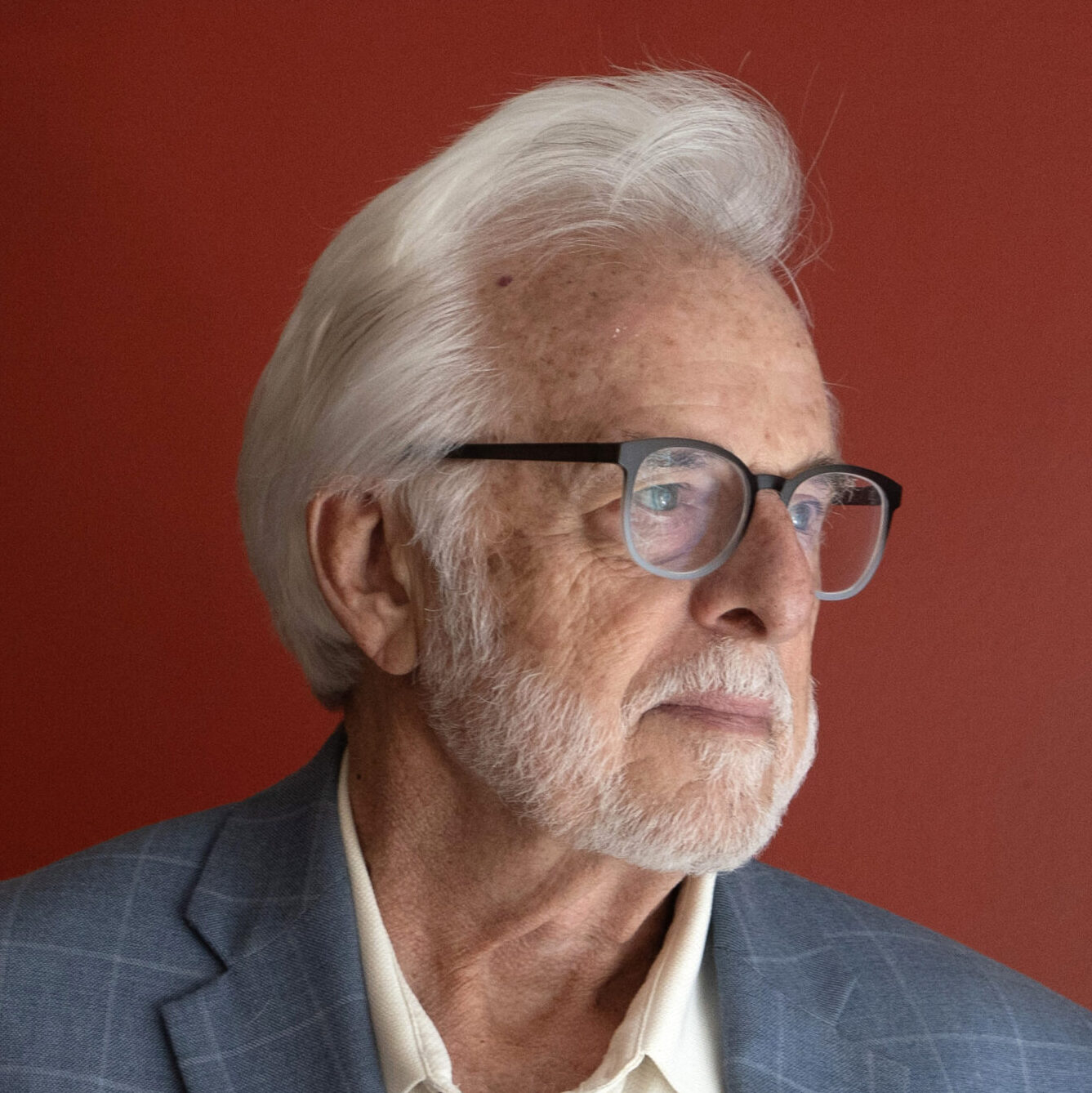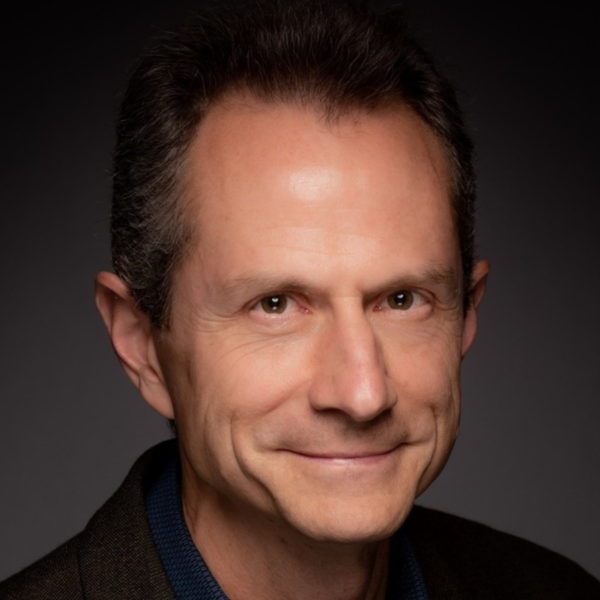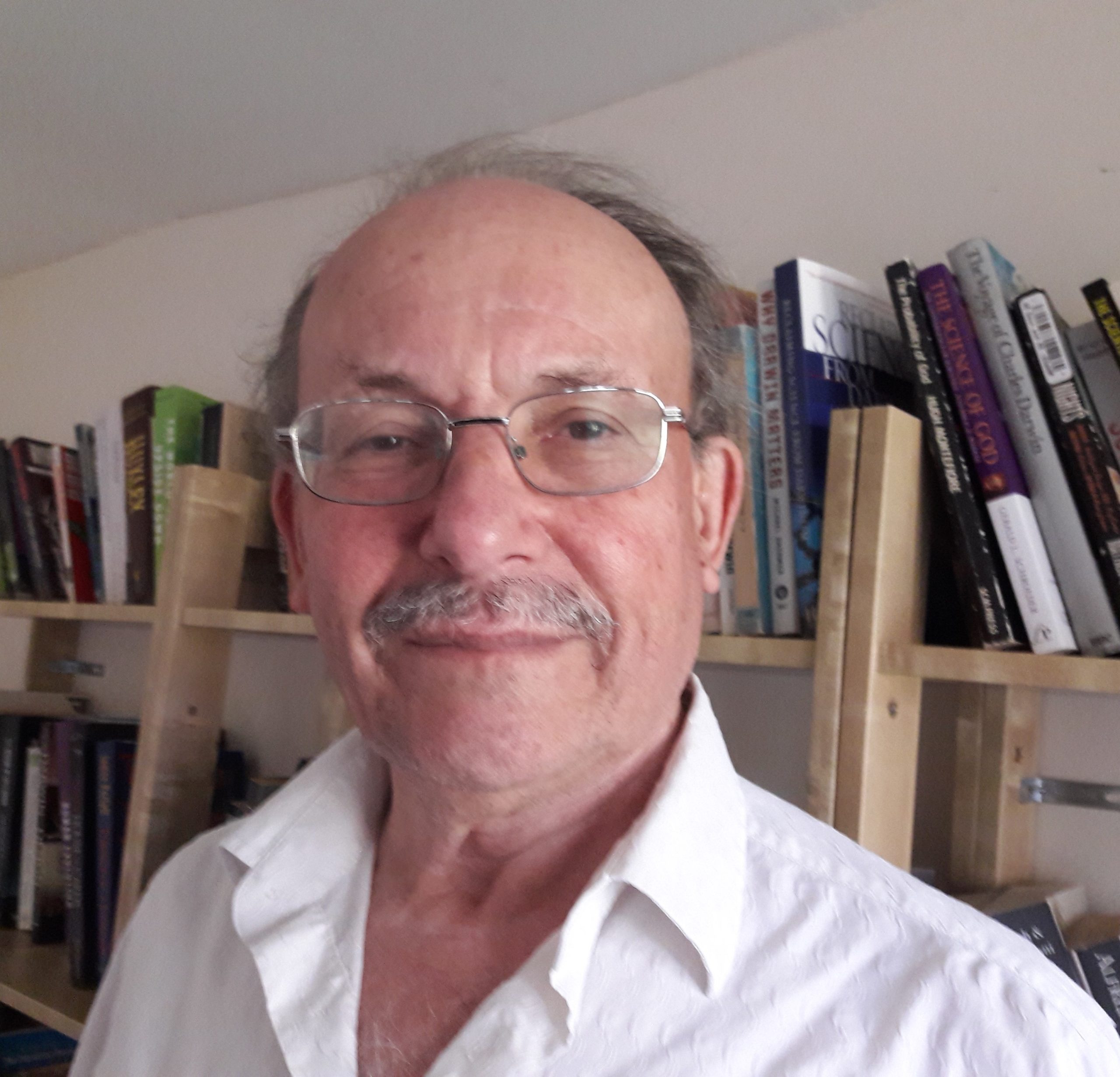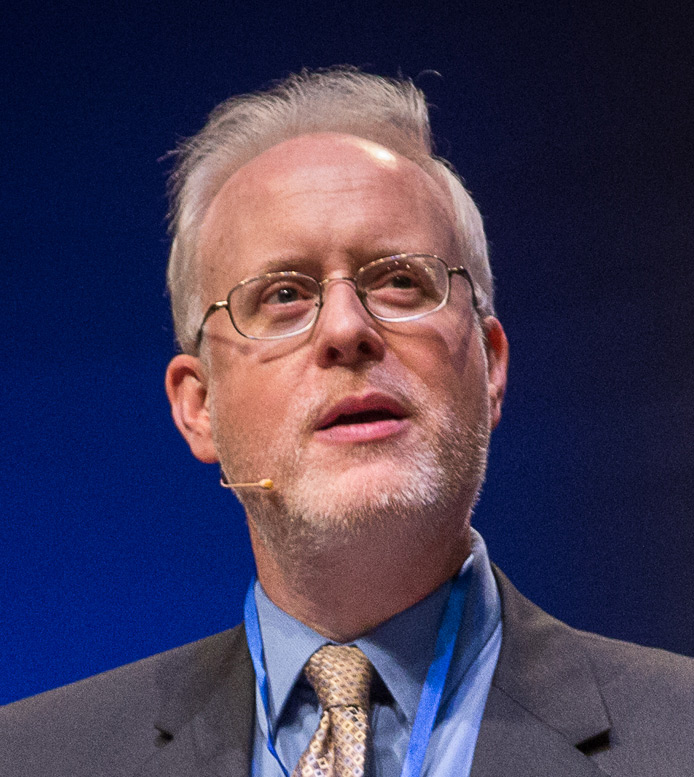Those of us who are longtime advocates of intelligent design are well familiar with Michael Denton. He is a PhD biochemist as well as a medical doctor who in 1986 wrote the book Evolution: A Theory in Crisis. I was a kid at that time and did not hear of Denton’s book for many years, probably well after I was in college. The book covers many scientific problems with neo-Darwinian evolution, and I can’t tell you how many people I’ve met over the years who got introduced to “Darwin-skepticism” by Denton’s work.
Well, recently an email correspondent contacted us wondering if Michael Denton has recanted his critiques of Darwinism. Here’s what he wrote:
A friend of mine said he heard that Denton recanted being against evolution. I tried to find evidence of this and only found things like this:
“Recant,” of course, is a loaded term. When biologist Richard Sternberg was embroiled in the Smithsonian controversy around his publication of a peer-reviewed pro-ID article by Stephen Meyer, Dr. Sternberg’s Greek Orthodox priest urged him, amazingly, to “recant” any sympathy for intelligent design he might harbor. (See Plato’s Revenge for the rest of the story.)
The link cited by the email correspondent has been around since 1998, though it says it was updated in 2023. Knowing Dr. Denton well and being in relatively frequent contact with him, I smiled at the question. I know Denton is still a major critic of Darwinian theory, but a rule of thumb is that if one person takes the trouble to ask, there are others who wonder the same thing but don’t ask. So I will address the question here. The short and emphatic answer is, NO, Michael Denton has not “recanted” anything from his 1986 book Evolution: A Theory in Crisis. I’ll give a fuller answer below, but — spoiler alert — we’re going to find that in recent years he has said things like this:
I still believe as strongly as when I wrote Evolution that random trial and error could never have actualized the sorts of complex adaptations that permeate the entire living kingdom from the molecular to the organismic levels.
A Fuller Answer
The slightly longer answer is as follows:
Starting in 2016, Denton began a new series of books all of which were published by Discovery Institute Press. These include:
- Evolution: Still a Theory in Crisis (2016)
- Fire-Maker: How Humans Were Designed to Harness Fire and Transform Our Planet (2016)
- The Wonder of Water: Water’s Profound Fitness for Life on Earth and Mankind (2017)
- Children of Light: The Astonishing Properties of Sunlight That Make Us Possible (2018)
- The Miracle of the Cell (2020)
- The Miracle of Man: The Fine Tuning of Nature for Human Existence (2022)
We have been closely collaborating with him for the past 10 years! We’ve invited him to speak at multiple Discovery Institute conferences over these years and we have a very close working relationship with Denton that is very positive and very strong!
Those six books mostly focus on explaining the fitness of the planetary and cosmic environment for life and how this points to teleology and design in nature. This is hardly a new topic for Denton who in 1998 wrote the book Nature’s Destiny and in 2013 wrote two peer-reviewed papers for BIO-Complexity explaining (1) that “nature is uniquely suitable for life as it exists on Earth (Terran life), and specifically for living beings similar to modern humans” (see here), and (2) explaining a “structuralist challenge to Darwinian pan-selectionism” (seehere). Denton’s recent series of books often talk about how Darwinism does not explain any of the amazing “coincidences” that reveal how the universe was made to be specially fit for life. Many of the quotes at the link cited by my correspondent simply show Denton discussing how the universe is designed for life to exist. They don’t show Denton affirming a Darwinian model or a naturalistic evolutionary history of life on Earth, or anything like that.
Necessary but Not Sufficient
Two key points are: These laws are necessary for life, but not sufficient. Denton went out of his way in his 2016 book Evolution: Still a Theory in Crisis to make it clear that he does NOT recant anything from his previous books:
I still believe as strongly as when I wrote Evolution that random trial and error could never have actualized the sorts of complex adaptations that permeate the entire living kingdom from the molecular to the organismic levels. But many authors in the intelligent design (ID) movement have ably presented this argument over the past decade.
Denton, Evolution: Still a Theory in Crisis, 2016, p. 28
Here’s another key passage from Evolution: Still a Theory in Crisis — see especially the sentence I’ve put in bold:
My main aim in Evolution: A Theory in Crisis (1985) was to argue that nature is fundamentally discontinuous. As I pointed out, the major taxa-defining characteristics, such as hair in the case of mammals or feathers in the case of birds, are not led up to from putative ancestral forms via long series of functional intermediates (which I termed “continuums of functional forms”). Moreover, they have remained invariant in all of the very diverse members of the groups they define. I argued that the absence of such functional continuums poses an existential threat to classical Darwinian adaptive gradualism and the claim that macroevolution is no more than an extension of microevolution. I defended vigorously the notion that factors beyond cumulative selection must have shaped the course of evolution. Altogether, Evolution was a” full frontal” critique of the standard Darwinian model. It implied that the natural system is a natural discontinuum rather than the functional continuum that Darwinian biologists claim.
I argued that the taxa are analogous to distinct geometric figures such as triangles or quadrilaterals, which cannot be approached via little successive steps from some other class of geometric figure. I thereby defended the typological view that the taxa or Types are ontologically real and distinct components of the world order, as was widely believed in the nineteenth century before Darwin. This was the view D’Arcy Wentworth Thompson defended in his classic On Growth and Form:
“Nature proceeds from one type to another among organic as well as inorganic forms; and these types vary according to their own parameters, and are defined by physico-mathematical conditions of possibility. In natural history Cuvier’s “types” may not be perfectly chosen nor numerous enough, but types they are; and to seek for steppingstones across the gaps between is to seek in vain, for ever.”
I still adhere to this discontinuous typological view, although since I wrote Evolution, I have adopted a much more structuralist conception of organic order and particularly of the Types. When I wrote Evolution, I was a convinced pan-adaptationist and held to a strictly functionalist view of biological systems. I saw adaptation as the major or sole organizing principle of life, and I regarded organisms as primarily “adaptive bundles,” analogous to machines like a watch, in which every feature is there to serve some specific adaptive end. I saw the Types primarily as a limited set of highly integrated functional wholes — “Cuvierian Types” as referred to in the above quotation — highly constrained for functional reasons, like a complex machine, against even slight degrees of evolutionary change.
But I failed to see what is very obvious to me now, more than thirty years later, as a convinced structuralist: While “Cuvierian functional constraints” may well play a role in “isolating the Types,” not all features of living things are there to serve some adaptive purpose, and many of the taxa-defining novelties — such as the pentadactyl limb (Tetrapoda) or the concentric whorls of the flower (angiosperms) — give every appearance of being a-functional “primal patterns” which have never served any specific adaptive end. Such apparently non-adaptive forms pose, as Richard Owen showed in his landmark publication On the Nature of Limbs (ten years before Darwin’s Origin), a self-evident challenge to pan-adaptationism. Indeed, these apparently non-adaptive forms pose an existential threat to the whole Darwinian and functionalist paradigm, because they imply that causal factors other than cumulative selection to serve functional ends must have played a crucial role in shaping living systems.”
Denton, Evolution: Still a Theory in Crisis, 2016, pp. 11-12; emphasis added
What he’s saying is that if anything has changed for him since he wrote Evolution: A Theory in Crisis in the 1980s, it is that at that time he was a naïve pan-adaptationist who believed everything in life had to have a function. He now sees that there are many features that don’t have to be the way they are. These too are not explained by Darwinism. But as we also saw above, he still believes that even the “adaptational” features cannot be explained by the Darwinian mechanism.
So yes, his views shifted, but they have shifted further away from Darwinism: He explicitly says that his old criticisms remain valid, but now he has raised new criticisms as well.
Some Further Passages
Here are some further passages from more recent books (2016 to the present) where Denton directly argues that Darwinism cannot explain the fitness of the universe for life:
Children of Light, p. 115:
The physical evidence alluded to by the physicists is certainly very impressive and endlessly fascinating, revealing that unless the laws of nature were exactly as they are, the universe would contain no stable solar systems, no rocky planets like the Earth, no atoms, molecules, or chemistry, and no forms of life that we can imagine. But in itself the evidence from physics alone can never answer Thomas Huxley’s celebrated “Question of questions… the ascertainment of the place which Man occupies in nature and of his relations to the universe of things.” Unfortunately, the biological evidence which might answer Huxley’s question is seldom considered by biologists. The great majority are averse to the notion of fitness. This is undoubtedly due to the pervasive influence of Darwinism within the biological community and the notion that all design in the biological realm is the result of adaptation to environmental conditions via natural selection, a notion which is the very converse of the conception that the natural environment is uniquely fit (designed) for life on Earth and for beings of our biology and was so long before life originated or natural selection could operate.
Children of Light, p. 154:
The fact is that the basic constituents of life on Earth — carbon atom, water, the cell, and so forth — do appear to be absolutely uniquely fit for their biological roles, and that all of the long-standing enigmas — of the origin of life, of man’s intellectual abilities, of the major bio-forms on earth, and of the nature and origin of mind and sentience — still pose an existential challenge to the Darwinian and mechanistic world view.
Miracle of the Cell, p. 147:
Darwinism Diminished
Another implication of the primal blueprint is the obvious challenge it poses to the Darwinian world view. The existence of the blueprint specifying the design of the cell long before life emerged on Earth implies that, however the first cell was assembled, whether suddenly through the direct agency of a Divine watchmaker, or gradually by a blind “Darwinian” watchmaker (constrained by natural law and utilizing the natural selection of chance events), or by some other as yet unimagined means, its creation was only possible because the blueprint was already in place. The fitness of the atoms and the makeup of the primal blueprint for the cell was determined long before the Earth was born. Consequently, even if we posit a blind Darwinian watchmaker as the major player in the actualization of the blueprint, its actualization was only possible because the blueprint was already in place.
The Miracle of Man, p. 134:
Water: The Gift of Terrestrial Endothermy
The secret of terrestrial endothermy resides in what is surely on any consideration a remarkable ensemble of environmental fitness: the thermal properties of water. Its specific heat, latent heat of evaporation, and heat conductivity work together to enable terrestrial endothermy. Had their values not been very close to what they are, warm-blooded terrestrial organisms would never have emerged. No amount of Darwinian trial and error could have created terrestrial endothermy without the prior environmental fitness of the thermal properties of water.
The Miracle of Man, p. 149:
Is there an equivalent ensemble of fitness in all nature? (Perhaps only the teleological hierarchy of the successive ensembles of fitness for terrestrial life manifest in the hydrological cycle, described in Chapter 2, comes close.) The facts are undisputed and are described in every physiology textbook, and yet the wonder of how the chemical and physical properties of the players conspire so cleverly and parsimoniously to achieve the end of both CO2 excretion and acid/base balance is seldom appreciated. Whatever the reason, one thing is clear: this astonishing ensemble of environmental fitness has nothing to do with Darwinian selection. It was built into nature from the beginning, long before life arose and before Darwinian selection could act.
The Miracle of Man, p. 172:
Amazingly, it turns out that the wavelength of light is fit for both bio-detection and just right for a high acuity eye in organisms of our approximate size and biological design. And for this stunning coincidence we have physics, not Darwinian natural selection, to thank.
The Miracle of Man concludes stirringly:
The discoveries reviewed in this book have revealed that there is, after all, a profound connection between man and cosmos, between biology and physics, one based not on the Judeo–Christian scriptures or classical philosophy but on evidence derived from advances in our scientific understanding of nature. The ensembles of prior environmental fitness for our biology described in the previous chapters provide the basis for a powerful and newly reinvigorated scientific reformulation of the traditional anthropocentric paradigm. And this has, as mentioned above and in previous chapters, the intriguing and purely secular implication that if there are other advanced intelligent organisms in the universe, and especially ones possessing advanced technology, they will inhabit a planet resembling Earth and closely resemble ourselves: terrestrial air-breathing carbon-based life forms, about our size, android in form, who will have reached an advanced technology via the same general route followed by our ancestors, via fire-making and metallurgy to a scientific revolution and on towards technologies that exploit the rare earth elements.
A skeptic might assert that things have to be fit for us or we would not be here to notice our good fortune. And of course this is true, but it is entirely trivial, and it misses the point of the core argument defended in this book. My argument is not merely that nature is fit for us (which it must be, of course), but that nature is uniquely fit for intelligent, technologically capable organisms very much like us, that we occupy a very special, even privileged, place in the order of things. That is the central claim of this book. And it is a claim which, as I have shown, is supported by a mountain of scientific evidence.
Humans are clearly no contingent cosmic afterthought. The exquisitely fine-tuned ensembles of environmental fitness described here, each enabling a vital aspect of our physiological design, amount to nothing less than a primal blueprint for our being written into the fabric of reality since the moment of creation, providing compelling evidence that we do indeed, after all, occupy a central place in the great cosmic drama of Being.
This is the miracle of man. We are not positioned in the spatial center of the universe as was believed before Copernicus, but what we have found over the past two centuries confirms the deep intuition of the medieval Christian scholars who believed that “in the cognition of nature in all her depths, man finds himself.”
Intelligent Design’s Big Tent
Our friend and colleague Michael Denton describes himself as an Aristotelian. In affirming the teleology underlying life, he fits very comfortably under the big tent of intelligent design.
Obviously, in asking about someone’s view on “evolution,” the answer depends very much on how you define that notoriously multivalent word. If evolution means simply that life has a long history and that the forms of life have changed over its course, then certainly Denton is an evolutionist, as many of us are. In that sense, as others have pointed out, the case can be made that intelligent design is a theory of evolution, just not of the Darwinian variety. On the other hand, if evolution is defined in the Darwinian sense, then Dr. Denton has been a confirmed evolution skeptic since at least 1985, and his critique of evolution has only sharpened over time. Like many of us in the ID community, Denton clearly sees teleology throughout nature and rejects a blind naturalistic evolutionary account of the history of life.

